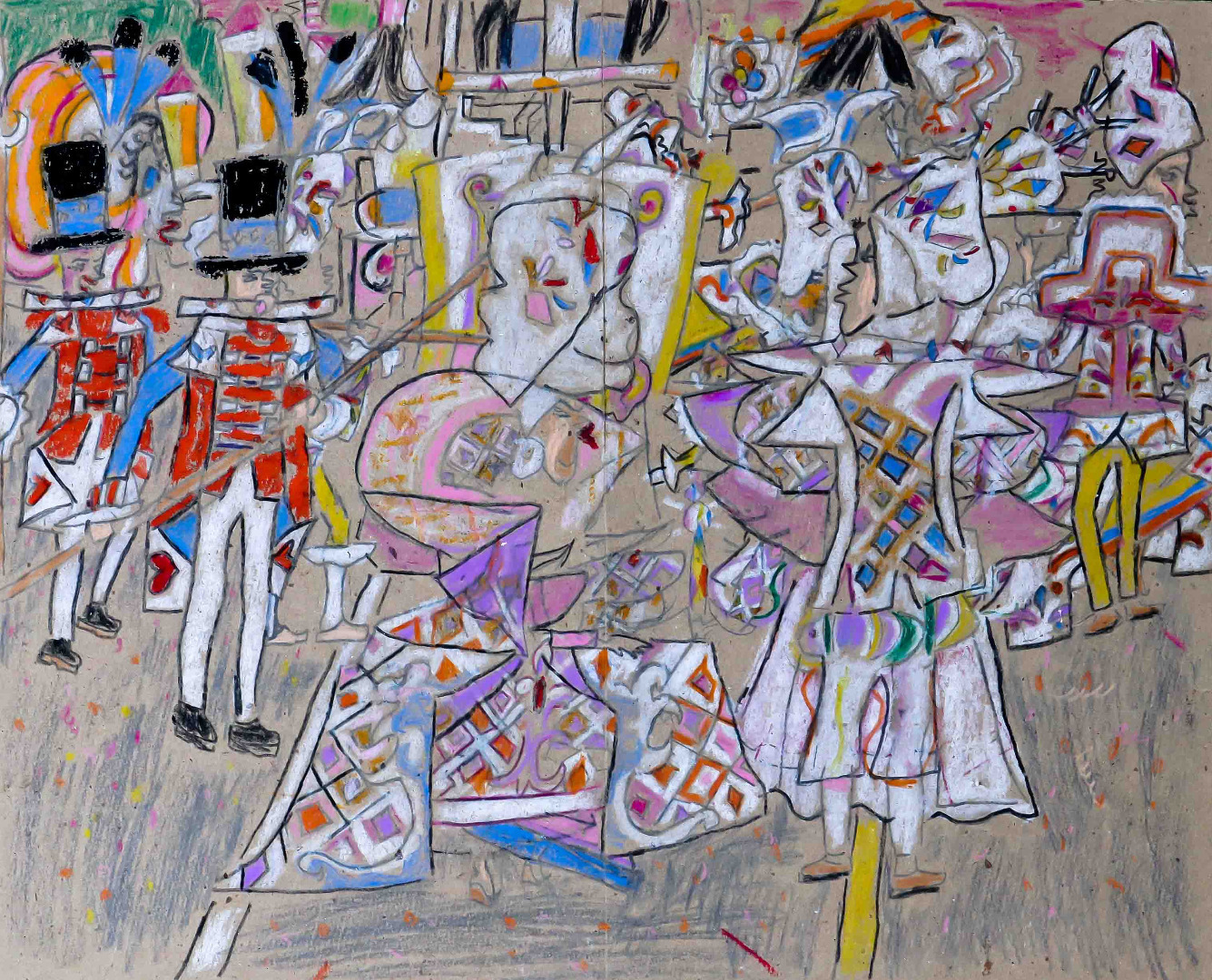riera studio NEWS
Let them talk. Conversation with Irving Antonio Beladiola, brut artist.
Irving was weaving his narrative at his own pace and eloquence. I only asked him to tell me about his work, the reasons that motivated him and the first memories he had as an artist. I asked all the questions at the beginning. Then I didn’t interrupt.
Irving Antonio Beladiola: My father named me because of an American writer who wrote many adventure books… I started drawing from a very young age. I drew sailing ships, pirate ships. Then I started drawing dollars bills when I started my teens. I drew the 10, 5, 20 dollar bills well. In my imagination it was drawing. To draw pesos, dollars ... My story was very nice. Once, when I was little, I took out those bills that I drew and that had the same color as dollars: I pretended to be funny and made a joke with my dad. My dad was looking at the Riviera Hotel: “Damn, how nice that hotel is.” And a man was selling sandwiches, that time was during the Special Period (1). The man thought those were real bills and my dad told him: "Hey, those are bills that my son drew, he's a boy who draws very well, it's not that those are real dollars, mate."
I also started drawing costumes for marquises, sultans. My dream is to draw for costume designs.
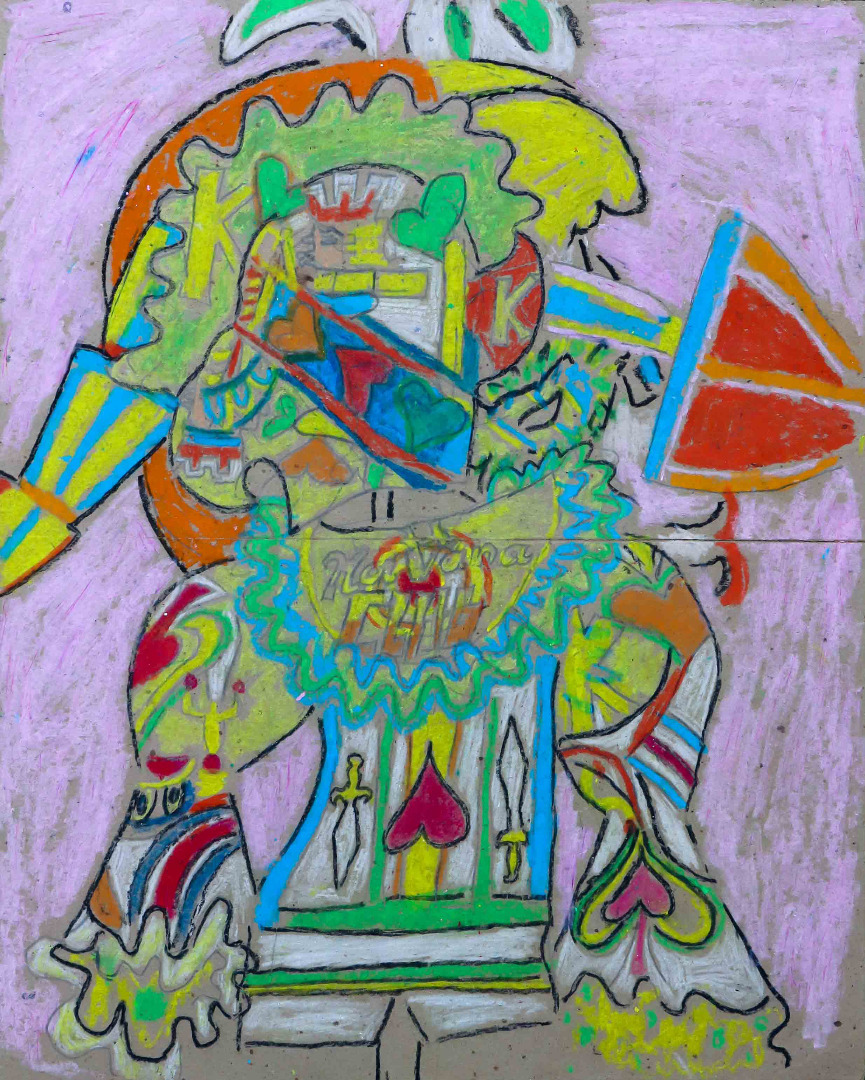
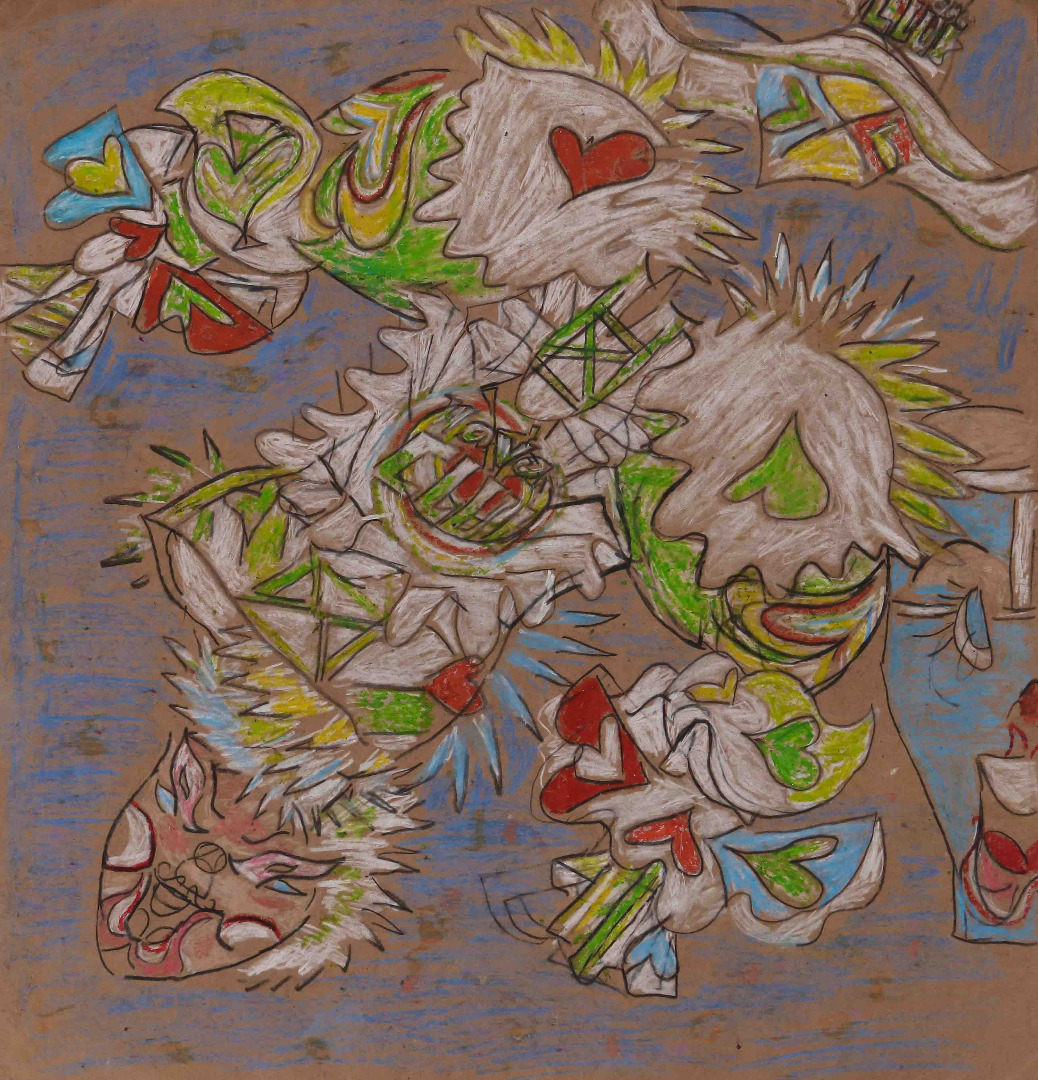
Later I began to draw planes in a war, the Second World War, and the guards from the Batista’s govertment (2). And I did them very well. Therefore, my dad had a friend who worked in a toy factory, there in Cerro (3), and I said to my dad; “Dad, if you would take these designs to them so that they could design those little soldiers that I drew dressed in yellow…” And he told me: “You want me to be penalized, to take me prisoner, to throw me out of work for you to draw those little Batista’s soldiers.” So, I said: “Hey, but that has nothing to do with it. Millions and millions of years have already passed and we are in a Revolution now”. He knew that I drew well. He celebrated my drawing just like my mother. One time he gave my proposal to the man and they made me the soldiers. And that's where I was perfecting myself. After that, I didn’t draw for a while because I was doing other things. I was playing baseball with the boys of my neighborhood and playing soccer, and I wanted to be in sports. Then I went back to the path of painting. I drew some troupes for my dad, from the FEU (4) troupes. And we started looking for where that group rehearses, because they have no fixed point where to rehearse ... 2013, 2014, 2015, 2016, in all those years, we couldn’t find where they rehearsed. My dad was going to keep taking me, but he died of high blood pressure. I said to myself; “Damn, I can’t fulfill that dream anymore, because my mother told me that it has to be from professionals.” My mom has a different way of thinking. She told me that I had to perfect myself. I started to make carnival dolls: and my dad looks at them from heaven, because he was good to me and he pleased me in everything. Those dolls that I make, like Elpidio Valdés, María Silvia (5)… I think that the next dolls I will make them better for one day to take them to the House of Culture (6) of San Miguel (7) and that the director accept them.
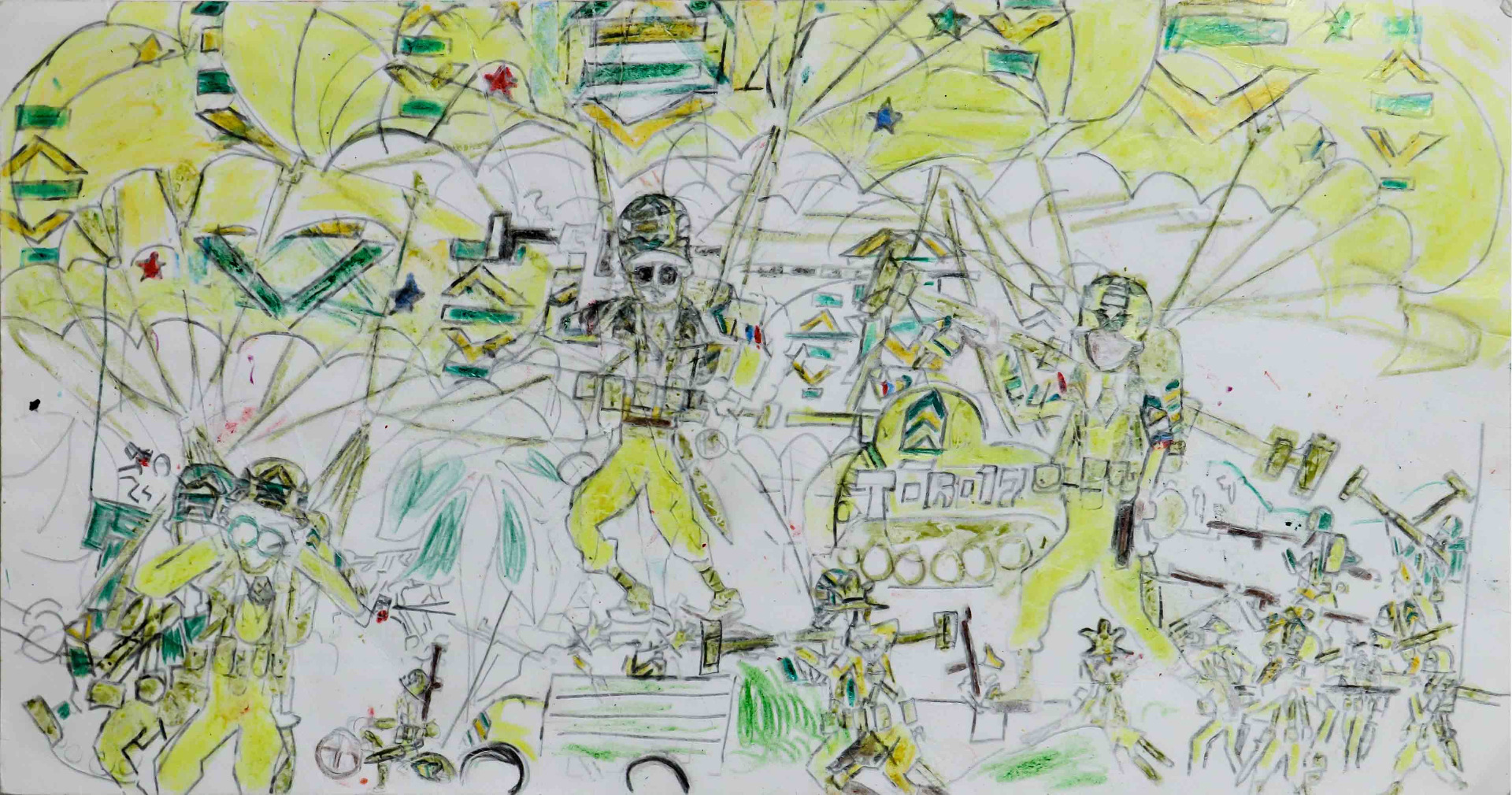
I also draw battles: the one in Canada, the battle of the green coats against England, against the Irish ... I have seen these stories in magazines. I am now thinking of drawing other battles. That of the Batista paratroopers doing military exercises when the president of the United States comes in, the Batista military doing parachute jumping. Another battle I want to paint is the Battle of Waterloo. All the armies fighting against Napoleon, even those of the United States, England, Austria, Russia, Germany, Spain, Prussia. I would make the Americans a little clearer; the French, darker blue; the Irish, in green coats; the English, in red coats. I would make the dragons in a yellow and red coat. I would paint Napoleon with a huge bicorn and his hand on his chest, like this ... Another battle that I want to draw is that of the United States in combat against the pirate invaders that were in the Caribbean, in the Fortress of San Marcos. That was around 1799. There was still piracy. The Yankee navy also hunted piracy, the Spanish, the English, the French, and the Irish. And the United States sneaked into the Cyprus war: they helped the Turks, they took Cyprus from the Greeks to give it to the Turks. My dad taught me that story. My dad used to tell me that Ethiopians were good warriors. The Turks did not mess with them when the Ottoman Empire because the Ethiopians were very good warriors and knew how to fight. Turkey and Ethiopia were two friendly empires, different, but they were friends. When the war of the Ethiopians, the French, the English, the Irish, the Americans had participated in that war because France, England and Holland had declared war on the Ethiopians. Therefore, for Americans that was business. They put all their armies there. I saw a movie about that in 1996. A movie that was in the desert. Americans are involved in all wars. When they see a weak country, when they see a country in disuse, they fall above it. When Napoleon was strong, strong, strong, before losing all the battles, the Americans remained neutral and sent observers, but already after General Nelson shot down Napoleon’s French navy and Wellington shot down Napoleon, and they began to put all his armies at the Battle of Waterloo: when Napoleon was weak.
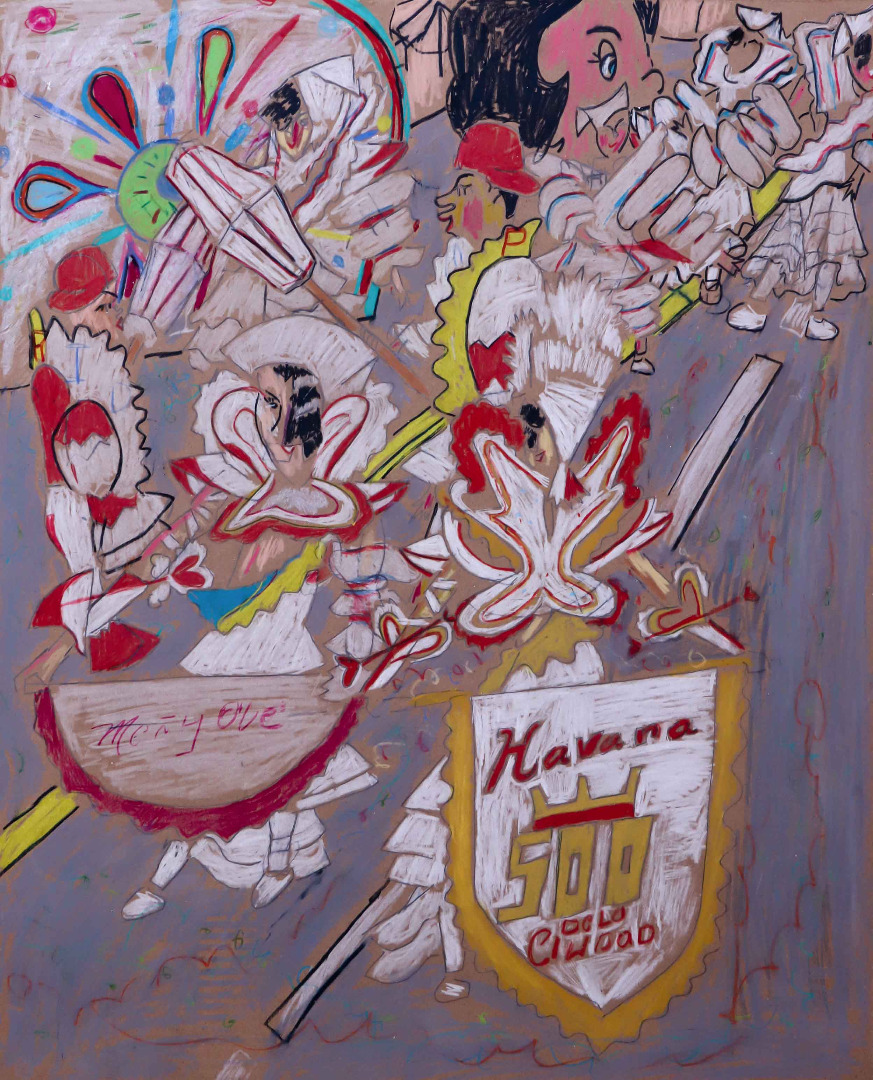
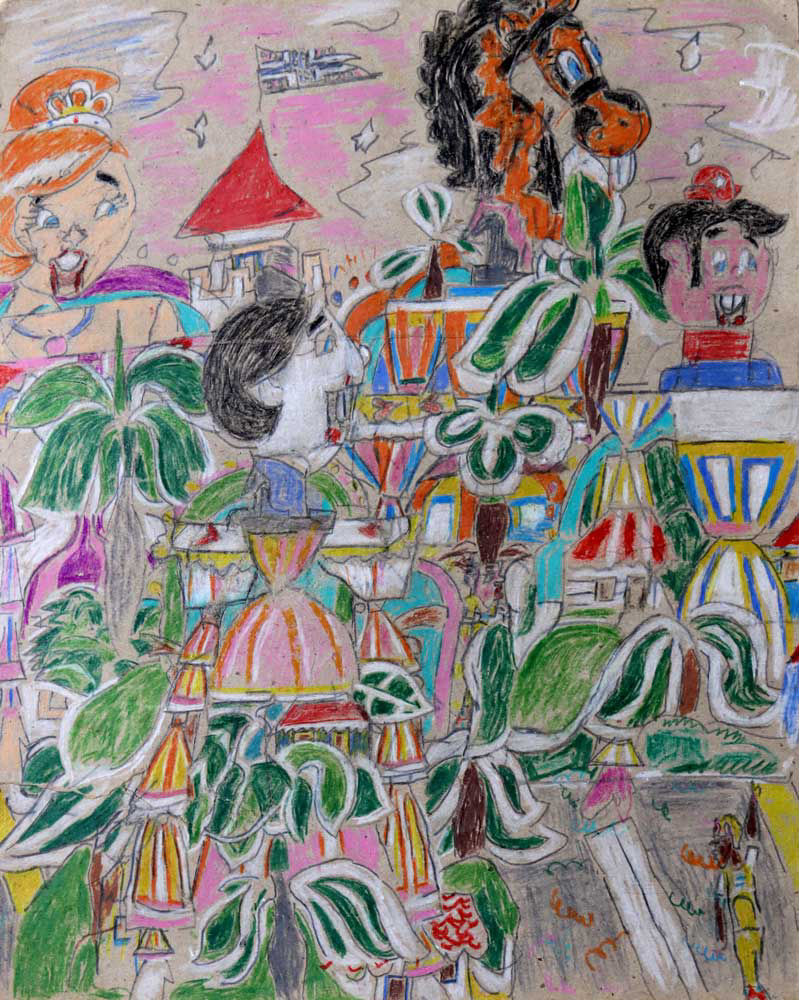
In the future, I plan to be a great painter. A great designer. And a great cartoonist who can travel. My dad is going to bless me for that.
This conversation was published in Artcrónica magazine, No. 15, dedicated to Art Brut in Cuba. It can be consulted at the following link:
https://www.artcronica.com/ediciones-anteriores/edición-no-15-2019/
Yenisel Osuna
Art Historian with special focus and experience in Art Brut and Outsider Art in Cuba
Notes
1. The Special Period in Time of Peace in Cuba was an extended period of economic crisis that began in 1991 primarily due to the dissolution of the Soviet Union and, by extension, the Comecon. The economic depression of the Special Period was at its most severe in the early to mid-1990s.
2. Fulgencio Batista y Zaldívar (January 16, 1901 – August 6, 1973) was a Cuban military officer and politician who served as the elected president of Cuba from 1940 to 1944 and as its U.S.-backed military dictator from 1952 to 1959 before being overthrown during the Cuban Revolution.
3. Cerro is one of the 15 municipalities or boroughs in the city of Havana, Cuba. As of 2016 it is considered "one of Havana’s poorest municipalities."
4. FEU stands for Federación de Estudiantes Universitarios, a government organization that groups all University students.
5. These are popular Cuban-made cartoons.
6. House of Cultures are cultural centers that should attend the cultural movements around the communities in each municipality.
7. San Miguel del Padrón is one of the 15 municipalities or boroughs in the city of Havana, Cuba.
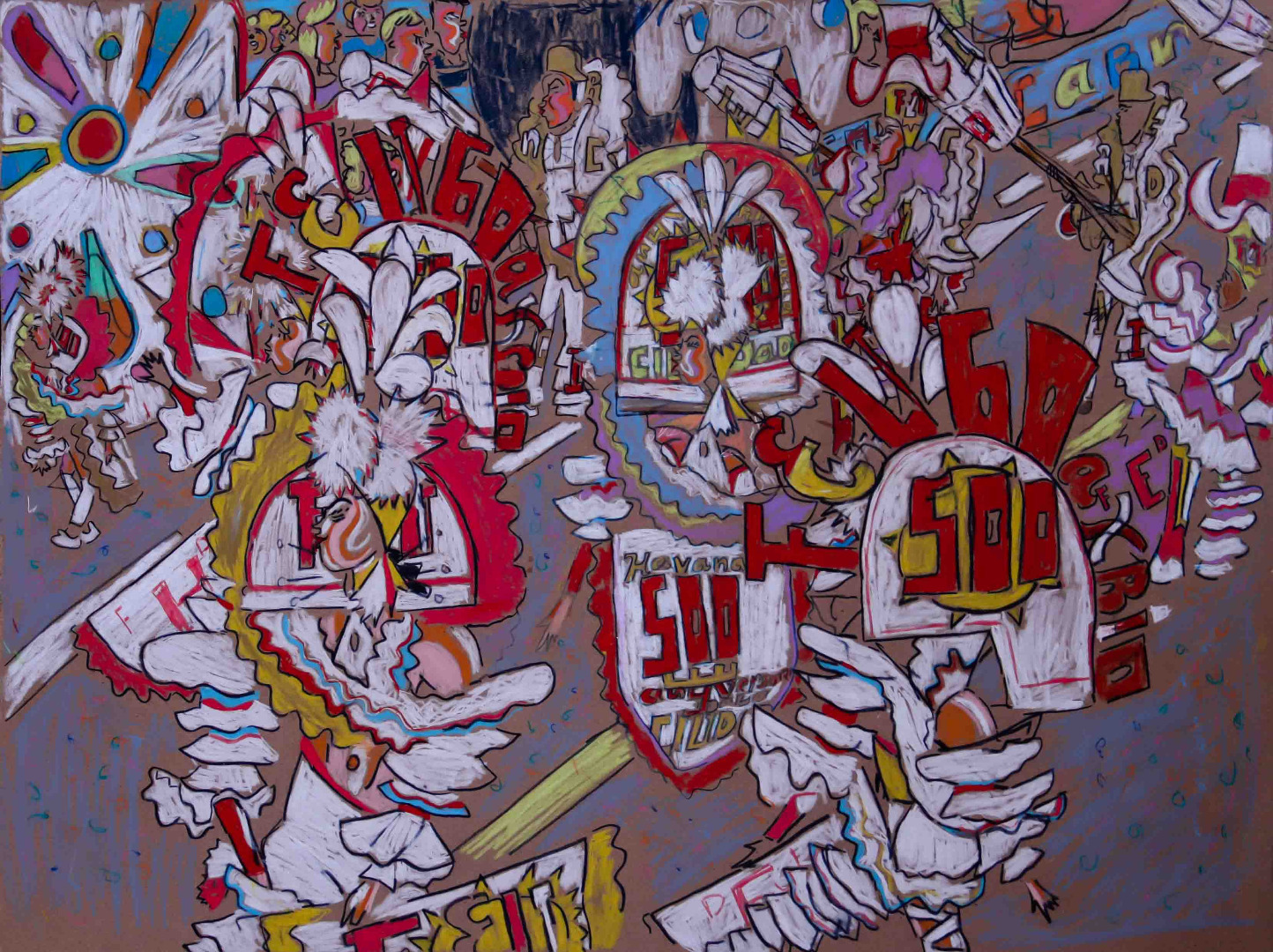
Que sean ellos los que hablen. Conversación con Irving Antonio Beladiola, artista brut.
Irving iba tejiendo su narrativa a un ritmo y elocuencia propios. Solo le pedí que me hablara de su obra, de las razones que lo motivaban y de los primeros recuerdos que tuviese como artista. Hice todas las preguntas al inicio. Luego, no interrumpí.
Irving Antonio Beladiola: Mi nombre me lo puso mi padre por un escritor norteamericano que escribía muchos libros de aventuras… Comencé a dibujar desde muy chiquito. Dibujaba barcos de velas, barcos piratas. Después empecé a dibujar los dólares cuando comencé mi adolescencia. Dibujaba bien los billetes en dólares de 10, de 5, de 20. En mi imaginación era dibujar. Dibujar pesos, dólares… Mi historia fue muy linda. Una vez, cuando yo era chiquito, me dio por sacar esos billetes que yo dibujé y que tenían el mismo color del dólar: me hice el gracioso e hice un chiste con mi papá. Mi papá estaba mirando para el Hotel Riviera: “Coño, qué bonito es ese hotel”. Y un hombre estaba vendiendo pan con jamón, aquello era el Período Especial. El hombre pensó que eran billetes de verdad y mi papá le dijo: “oye, son billetes que mi hijo dibujó, él es un niño que dibuja muy lindo, no es que sean dólares, compañero”.
Me dio por dibujar también trajes para disfraces de marqueses, sultanes. Mi sueño es dibujar para los diseños de trajes.

Después me puse a dibujar guerras de aviones, de la Segunda Guerra Mundial, los batistianos y guardia rurales. Y los hacía de lo más bien. Entonces mi papá tenía un socio que trabajaba en la fábrica de juguetes, allá en el Cerro, y yo le decía a mi papá: “Papá, si tú me llevaras estos diseños para que me diseñen esos soldaditos que yo dibujé vestidos de amarillo…”. Y él me decía: “Tú quieres que a mí me pongan una multa, que a mí me lleven preso, me boten del trabajo por tú dibujar los soldaditos batistianos esos”. Entonces, yo le dije: “Eh, pero si eso no tiene nada que ver. Ya han pasado millones y millones de años y estamos en una Revolución ahora”. Él sabía bien que yo dibujaba lindo. Me celebraba el dibujo igual que mi mamá. Una vez él le dio mi propuesta al hombre y me hicieron los soldaditos. Y ahí fue donde me fui perfeccionando. Después estuve un tiempo sin dibujar porque estaba haciendo otras cosas. Estuve jugando pelota con los muchachitos del barrio y jugando futbol, y quería estar en deporte. Después volví a coger el camino de la pintura. Yo le dibujé unas comparsas a mi papá, de las comparsas de la FEU. Y empezamos a buscar dónde ensaya esa agrupación, porque no tiene punto fijo donde ensayar… 2013, 2014, 2015, 2016, en todos esos años, no pudimos encontrar dónde ellos ensayaban. Mi papá me iba a seguir llevando, pero murió de una presión alta. Yo me decía: “Coño, ese sueño yo no lo puedo cumplir ya, porque mi mamá me dijo que eso tiene que ser de los profesionales”. Mi mamá tiene otra manera de pensar. Ella me dijo que tenía que perfeccionarme. Me dio por hacer los muñecones: y mi papá los mira desde el cielo, porque fue bueno conmigo y me complacía en todo. Esos muñecones que yo hago, como Elpidio Valdés, María Silvia… Pienso que los próximos muñecones los haga mejor para un día llevarlos a la Casa de Cultura de San Miguel y que la directora me los acepte.
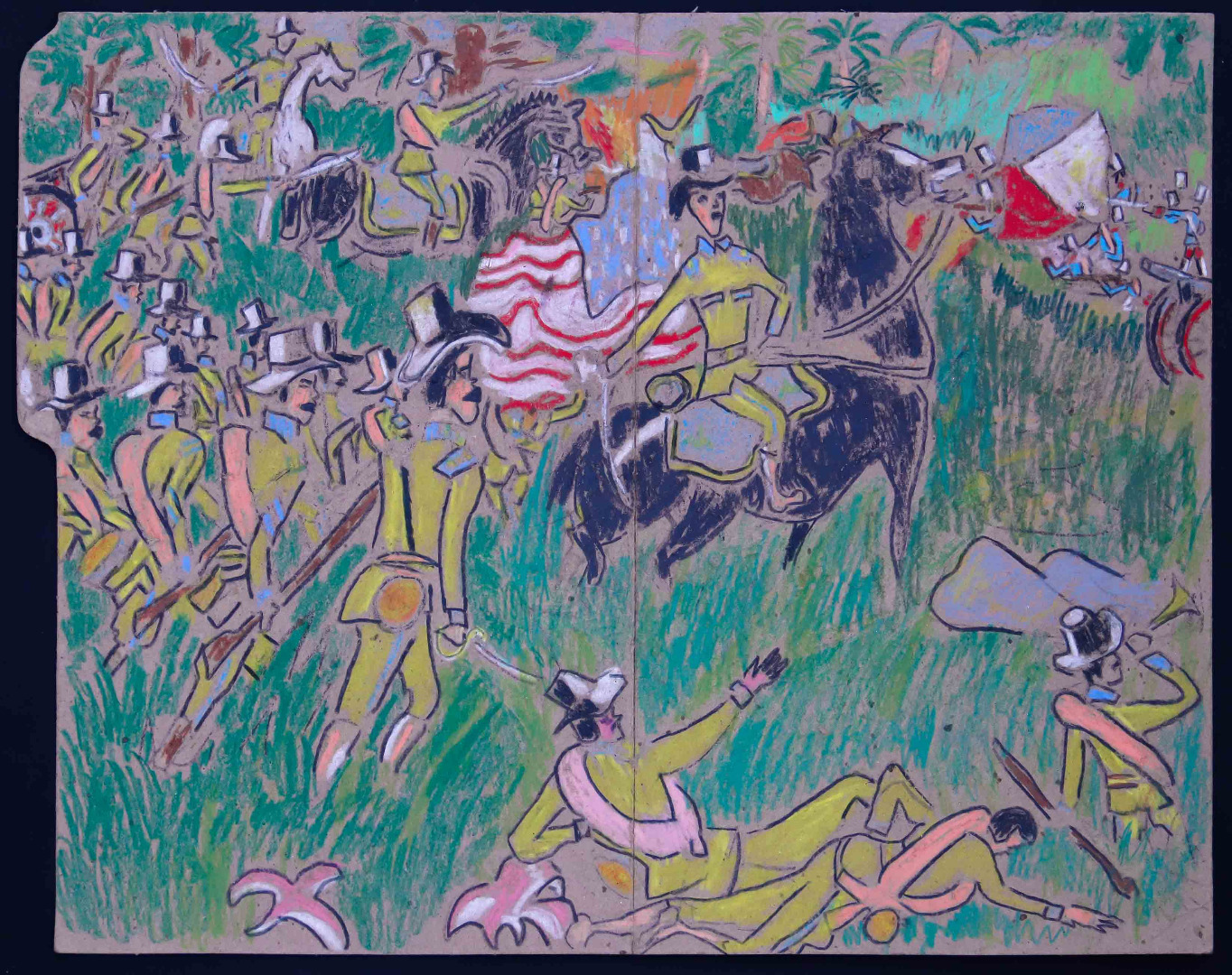
Dibujo también batallas: la de Canadá, la batalla de los casacas verdes contra Inglaterra, contra los irlandeses… Esas historias las he visto en revistas. Estoy pensando ahora dibujar otras batallas. La de los paracaidistas batistianos haciendo prácticas militares cuando entra el presidente de Estados Unidos; los batistianos tirándose en paracaídas. Otra batalla que quiero pintar es la batalla de Waterloo. Todos los ejércitos cayéndole arriba a Napoleón, hasta el de Estados Unidos, Inglaterra, Austria, Rusia, Alemania, España, Prusia. A los americanos los haría un poco más claros; a los franceses, azul más oscuro; a los irlandeses, con casacas verdes; a los ingleses, de casaca roja. Los dragones los haría de casaca amarilla y rojo. A Napoleón lo pintaría con un bicornio grandísimo y la mano en el pecho, así… Otra batalla que quiero dibujar es la de Estados Unidos en combate contra los invasores piratas que había en el Caribe, en la Fortaleza de San Marcos. Eso fue por 1799. Todavía había piratería. La marina yanqui cazaba la piratería también, la española, la inglesa, la francesa, la irlandesa. Y los Estados Unidos se colaron en la guerra de Chipre: ayudan a los turcos, le quitan a Chipre a los griegos para dárselo a los turcos. Mi papá me enseñó esa historia. Mi papá me decía que los etíopes eran buenos guerreros. Los turcos no se metían con ellos cuando el imperio otomano porque los etíopes eran muy buenos guerreros y sabían pelear. Turquía y Etiopía eran dos imperios amigos, diferentes, pero eran amigos. Cuando la guerra de los etíopes, los franceses, los ingleses, los irlandeses, los americanos habían participado en esa guerra porque Francia, Inglaterra y Holanda les habían declarado la guerra a los etíopes. Entonces para los americanos eso era negocio. Ellos metieron todos sus ejércitos allí. Yo vi una película sobre eso en 1996. Una película que era en el desierto. Los americanos están metidos en todas las guerras. Ellos cuando ven un país endeble, cuando ven un país en desuso, ellos le caen arriba. Cuando Napoleón estaba fuerte, fuerte, fuerte, antes de perder todas las batallas, los americanos se mantuvieron neutrales y mandaron observadores, pero ya después que el General Nelson derribó a la marina francesa de Napoleón y Wellington derribó a Napoleón, ya ellos empezaron a meter todos sus ejércitos en la batalla de Waterloo: cuando Napoleón estaba débil.
En el futuro pienso ser un gran pintor. Un gran diseñador. Y un gran dibujante que pueda viajar. Mi papá me va a bendecir por eso.
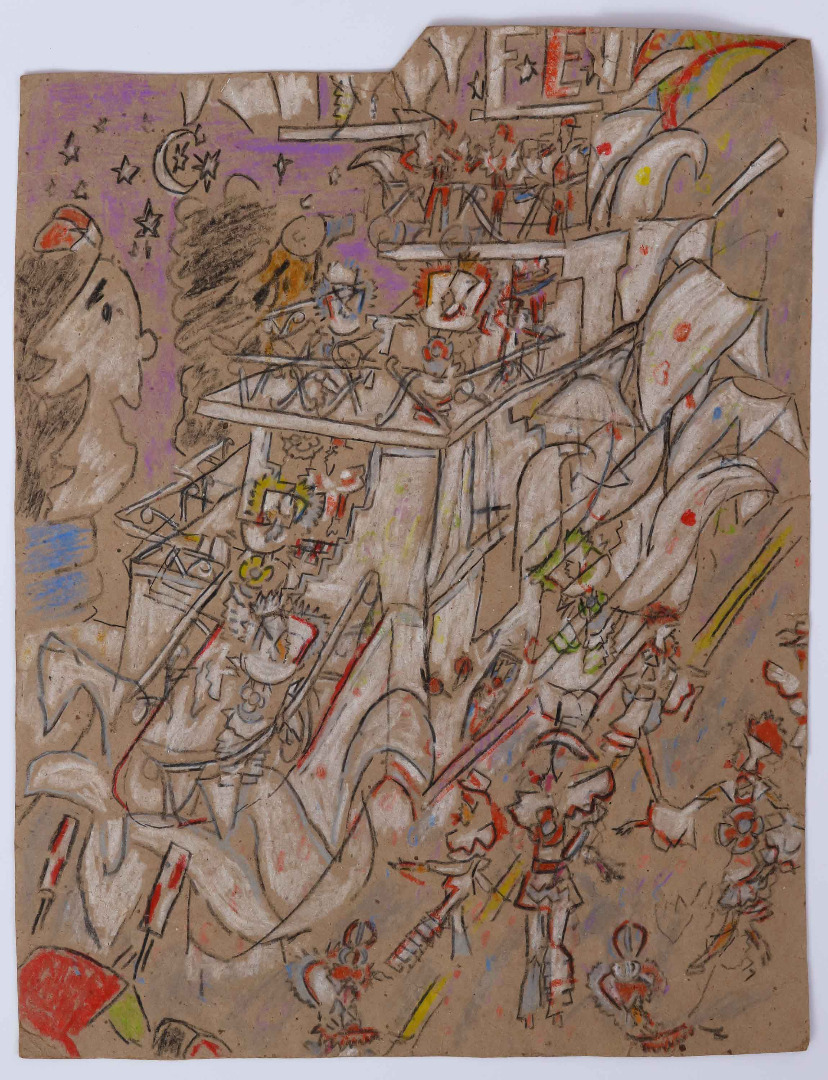
Esta conversación fue publicada en el número 15 de la revista de Artcrónica dedicada al Art Brut en Cuba. Puede consultarse en el siguiente link:
https://www.artcronica.com/ediciones-anteriores/edición-no-15-2019/
Yenisel Osuna
Historiador del arte con especial enfoque y experiencia en Art Brut y Outsider Art en Cuba
